Which is the most efficient method of swimming pool heating?
Choosing the right system for efficiently heating up your swimming pool can be confusing sometimes. This blog may help you to resolve this.
Swimming is an effective exercise for the physical as well as mental well-being of a person. If you live in a cold region, swimming in a warm pool can be wonderful. Maintaining the pool water at the right temperature range provides a comfortable swimming experience for the swimmers and is also important in maintaining the pool water chemistry. Maintaining the pool water chemistry is important for the safety of the users and it also helps in preventing the pool equipment from being damaged. So, what is the perfect pool temperature? Generally, the most common temperature for a residential swimming pool used for leisure is between 25°C and 30°C, however, it may differ according to the users, purposes, and location.
Even though many swimming pools look similar, the suitable system for heating them efficiently may vary from pool to pool considering the type of pool, pool environment, wind exposure, the volume of the pool, insulation, etc. Before we start discussing the heating methods, it is important to know that reducing the heat loss from the pool is equally important as selecting an efficient method of heating. Heat losses occur mainly in two ways: heat loss through the ground and heat loss to the atmosphere through evaporation. The wind is also another factor that causes heat loss. In colder regions, the ambient temperature of the ground is usually colder than the temperature suitable for swimming. Therefore, to prevent the heat transfer from the pool water to the ground, adding insulation under the thermal mass of the water-retaining structure can be beneficial. Pool liners are also an effective method of insulation for that. The fundamental purpose of these good-looking liners is to keep the water inside the swimming pool without leaks.
Another way of heat loss is by evaporation from the pool to the environment, especially during the night. Along with the water, the chemicals used for maintaining the water chemistry are lost during evaporation. Therefore, taking measures to reduce evaporation has paramount importance. Solar blankets and liquid solar covers are cost-effective methods for solving this problem. Solar blankets aka solar covers are widely preferred over liquid solar covers due to their effective heat retention by averting evaporation and facilitating passive solar heat gain by allowing the heat radiated from the sun to pass through the blanket to the pool water. If you have a big-sized swimming pool, it can be difficult to use the solar cover on your pool. In that case, you can think about investing in a solar cover roller which will make your task of covering and uncovering your pool easier. A liquid solar pool cover retains the heat by forming a thin layer of alcohol on top of the swimming pool water. This layer cannot be felt by the swimmers as it is a layer of a microscopically thin size. Liquid solar covers cause hindrance to the passive solar heat gain, as they do not allow solar heat rays to pass through them to the pool water.
Now let us discuss some of the widely used methods of swimming pool heating.
1. Ultimate source of free energy energy
Sun is the ultimate source of free energy. Solar pool heating is the most cost-effective method to heat the pool. By incorporating superior quality solar heating equipment, the efficiency of the solar heating method can be increased. Generally, the filtered swimming pool water is pumped to the solar heat absorbers in all types of solar heating systems. Then the heated water from the absorbers is passed back to the pool. Let us see some of the most commonly used types of solar heat absorbers below.
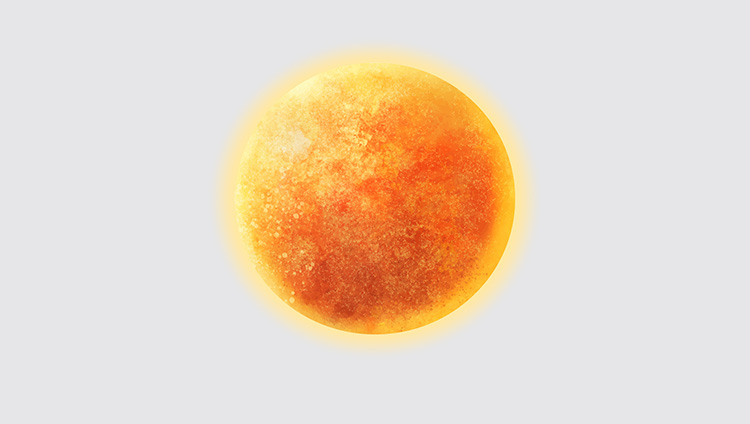
1.1 Solar Domes
Solar domes are an excellent option for above-ground pools. The warming channels in the solar domes are heated by collecting the solar rays. Pool water is passed through these channels and the warmed water is passed back to the pool.
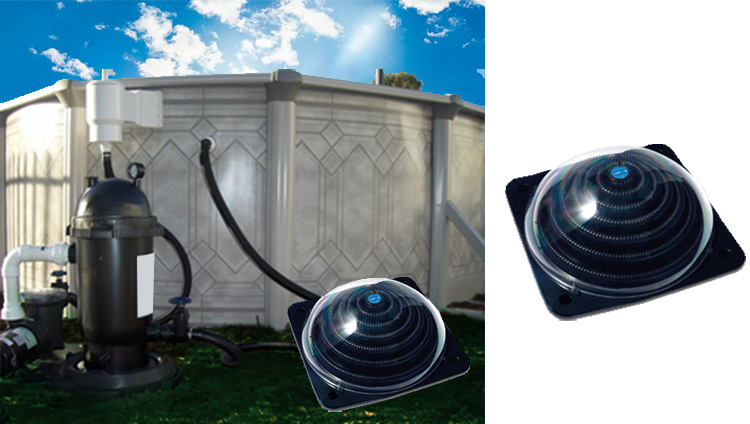
According to the size of the pool, several solar domes can be connected in series for increased heating capacity.
1.2 Solar Panels
These types of heat absorbers made of polyethylene can be permanently installed near the pool or on the rooftop in conjunction with the existing pump, these panels can heat the pool water efficiently if it is positioned in such a way that enough solar radiation falls on them. According to the size of the pool, this type of solar absorber can be connected in series for increased heating capacity.
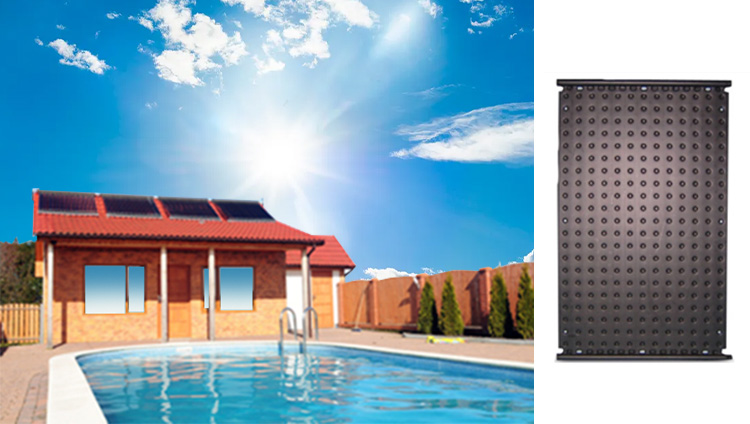
1.3 Solar Heater Blanket
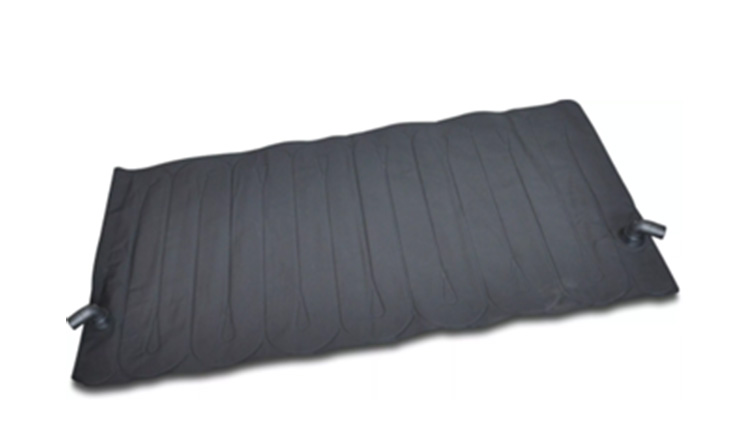
Solar heater blankets are similar to other types of heat absorbers mentioned above, but these blankets can be folded up and stowed away when not in use. One solar heater blanket is suitable for heating swimming pools with a volume of up to 4,500 L. Similar to other types of absorbers listed above, solar heater blankets can be connected in series for increasing the heating capacity.
As it is evident from their name itself, solar heating systems are dependent on Sun. This can be a major downer. During an overcast day, there could be a considerable reduction in the efficiency of these systems.
2. Gas Pool Heaters and Pool Heat Pumps
These heating systems are expensive when compared to solar pool heating solutions. Heat pumps and gas pool heaters are not reliant on solar energy. Therefore, irrespective of the availability of solar energy, these heaters can do their job very well.
2.1 Gas Pool Heaters
Gas pool heaters can heat your pool quickly throughout the year irrespective of the climate including cooler ambient temperatures. They are the most powerful heating options because they are not dependent on the ambient temperature.
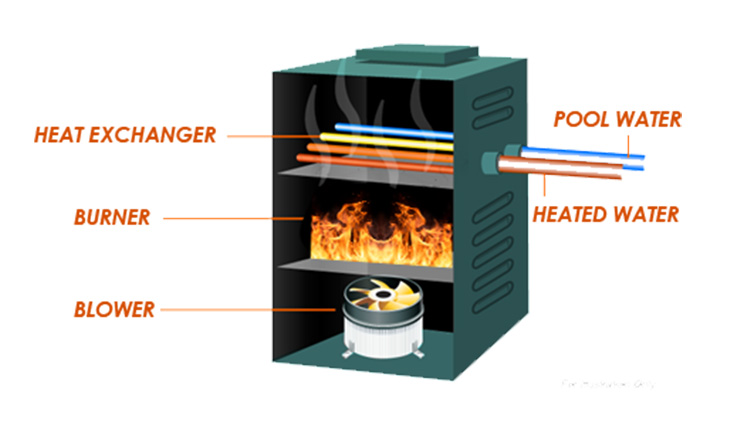
Gas pool heaters burn natural gas or propane in the combustion chamber. The pool water gets heated up quickly when passed through this combustion chamber. Apart from the initial investment involved in setting up these types of pool heating systems, the high operation cost is a major downer. This operation cost varies according to your local gas cost. Emissions from the combustion chamber which are not environmentally friendly are also another drawback of using such a system.
2.2 Pool Heat Pumps
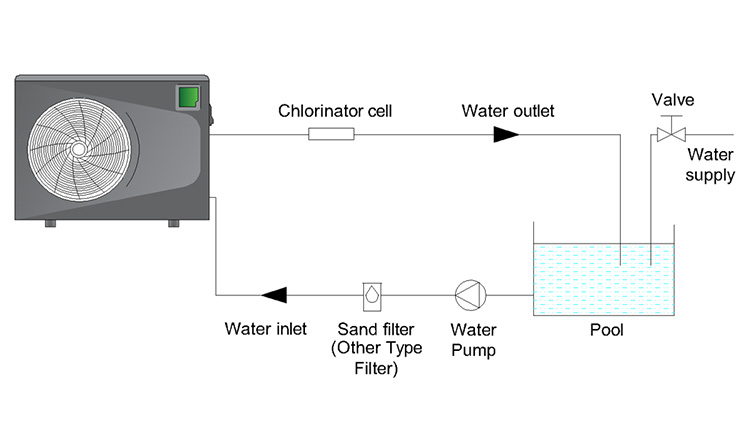
On the other hand, the pool heat pumps heat the pool water by drawing in the warm air from the atmosphere. A heat exchanger inside the heat pump augments the temperature of the air drawn from the atmosphere. The water is warmed using this heat and sent back to the pool. As long as the ambient temperature is over 5°C, pool pumps can start doing the job well by keeping your swimming pool temperature at a comfortable range. Many of the heat pumps available today are capable of operating without failure, even if the pool water temperature drops to a few minus degrees Celsius.
A heat pump is a good option as long as the average swimming pool temperature is 5°C and over. Even though the initial investment for setting up a pool heating system using a heat pump is similar to that of setting up a gas pool heater or an electric pool heater, two factors make heat pumps attractive. The first one is the COP or the Coefficient of Performance. When you can hardly find a gas heater or an electric heater that has a COP slightly above 1.0, heat pumps on average offer an impressive COP ranging from 6 to 16. The second factor is the operation cost. Similar to gas pool heaters and electric heaters, setting up a pool heat system also involves an expensive initial investment, but the savings in the operation costs are up to 10 times lesser than gas or electric pool heaters. Zero-emission while the operation is another relevant advantage of using heat pumps.
Now, which would be the most efficient and cost-efficient solution for heating your swimming pool?
As you have seen above, all the systems have their pros and cons. A combination of the solar pool heater, and the heat pump by incorporating suitable automation systems would be the best method to heat your swimming pool efficiently and cost-effectively. As mentioned in the first section, it is important to properly insulate the pool to prevent heat loss
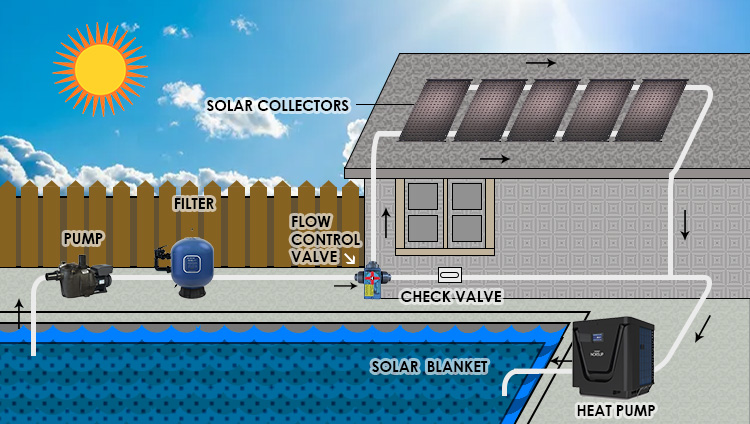
To prevent evaporation, we highly recommend the use of Solar pool blankets. They are also an excellent option in facilitating passive solar heat gain, and heat retention,
Happy swimming!






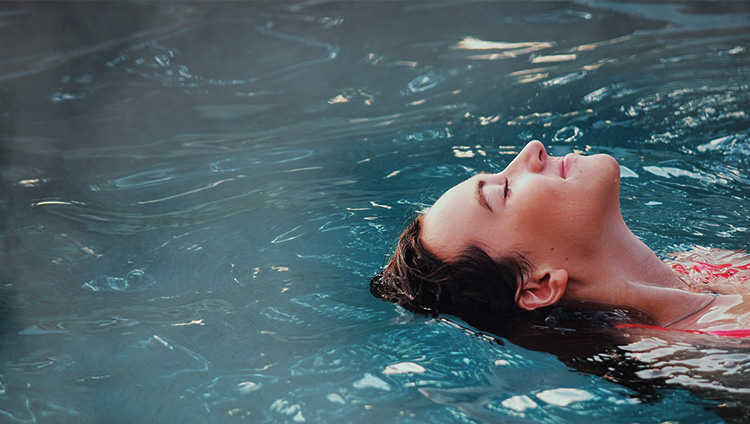





No comments yet